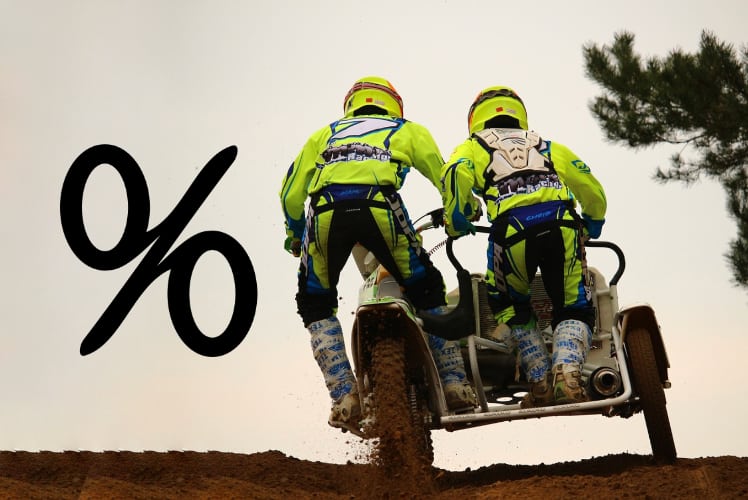Hannover Re may reduce K-Cessions sidecar for 2025. Reinsurers motivated to retain more risk

Artemis has learned that global reinsurance company Hannover Re is assessing its risk management need in relation to the K-Cessions quota share sidecar for the second year running and we’re told other major reinsurers may also pursue this approach, as companies manage their portfolios and are motivated to retain profitable risks.
Reinsurance sidecars are core components of major reinsurers retrocession programs, as well as key strategies that allow them to build relationships with third-party investor capital.
That strategy will be unchanged, as these are long-standing structures in the market and also increasingly prevalent.
But, sources tell us companies are analysing the requirement for quota share support for 2025, versus their desire to retain some more risk and derive additional profits from their portfolios.
In this attractively priced reinsurance market it’s likely some reinsurers could downsize sidecar vehicles, we are told and our sources told us Hannover Re is actively looking at its capital support needs for the next year.
Hannover Re’s retrocession program renewal for 2023 consisted of a K-Cession quota share placement sized at US $831 million.
A year ago, we reported that Hannover Re was looking at the flexibility it had in its retro program for 2024 and was considering ceding less to proportional retrocession partners for this year.
That turned out to be the case, as Hannover Re placed its K-Cessions quota share sidecar at a smaller US $757 million in size for 2024, shrinking the structure by 9% over the previous year.
We’re again told by sources that a further shrinking of K-Cessions is possible for 2025, while other major reinsurers are also considering similar moves.
It’s considered cycle management, as reinsurers seek to maximise the benefits of the still-hard reinsurance market environment, while actively managing their risk portfolio and balancing their retrocession needs.
Artemis reached out to Hannover Re for comment and the company confirmed it is analysing its retro needs for 2025 and that the quota share cession under its K-Cessions sidecar could be adjusted.
A spokesperson told us, “According to current plans, for risk management purposes we may not need that level of K-cession in 2025.
“Of course, final decisions will be made more towards year end, also taking into account the loss situation during the remainder of the year.
“Irrespective of the final cession rate, the K-cession will remain the backbone of our retrocession strategy.”
Which confirms the core nature of the sidecar structure for Hannover Re, but that it could again reduce in size next year.
Of course, sophisticated reinsurers like Hannover Re have a range of retrocession options available to them, across quota shares, excess-of-loss arrangements both traditional and collateralized, catastrophe swaps and even catastrophe bonds.
It’s understandable that these companies will look at all of the available options they could utilise for retrocession, then make relevant decisions based on need for protection, efficiency, cost, availability of capital and how much risk they want to retain.
In the hard market reinsurers might be more motivated to retain some more risk over the next year, we are told.
This might reduce the participation in sidecars for some retro partners and investors, which can have ramifications for the rest of the ILS market, as investors might look to other insurance-linked securities (ILS) opportunities if their shares of some quota share sidecar arrangements are reduced.
At the same time, the reinsurance sidecar market has been growing and reached a record size of $10 billion this year, according to Aon.
In addition, there are new structures that have come to market this year and new sidecars planned for 2025 as well, we understand, so there will be additional quota share opportunities out there, while other cat bond and ILS funds will also provide valuable alternatives for investors.
A recent survey from Moody’s found that over the next year, reinsurance buyers have expressed a strong preference for catastrophe bonds when it comes to utilising alternative capital, while sidecars are also expected to see much more elevated demand.






